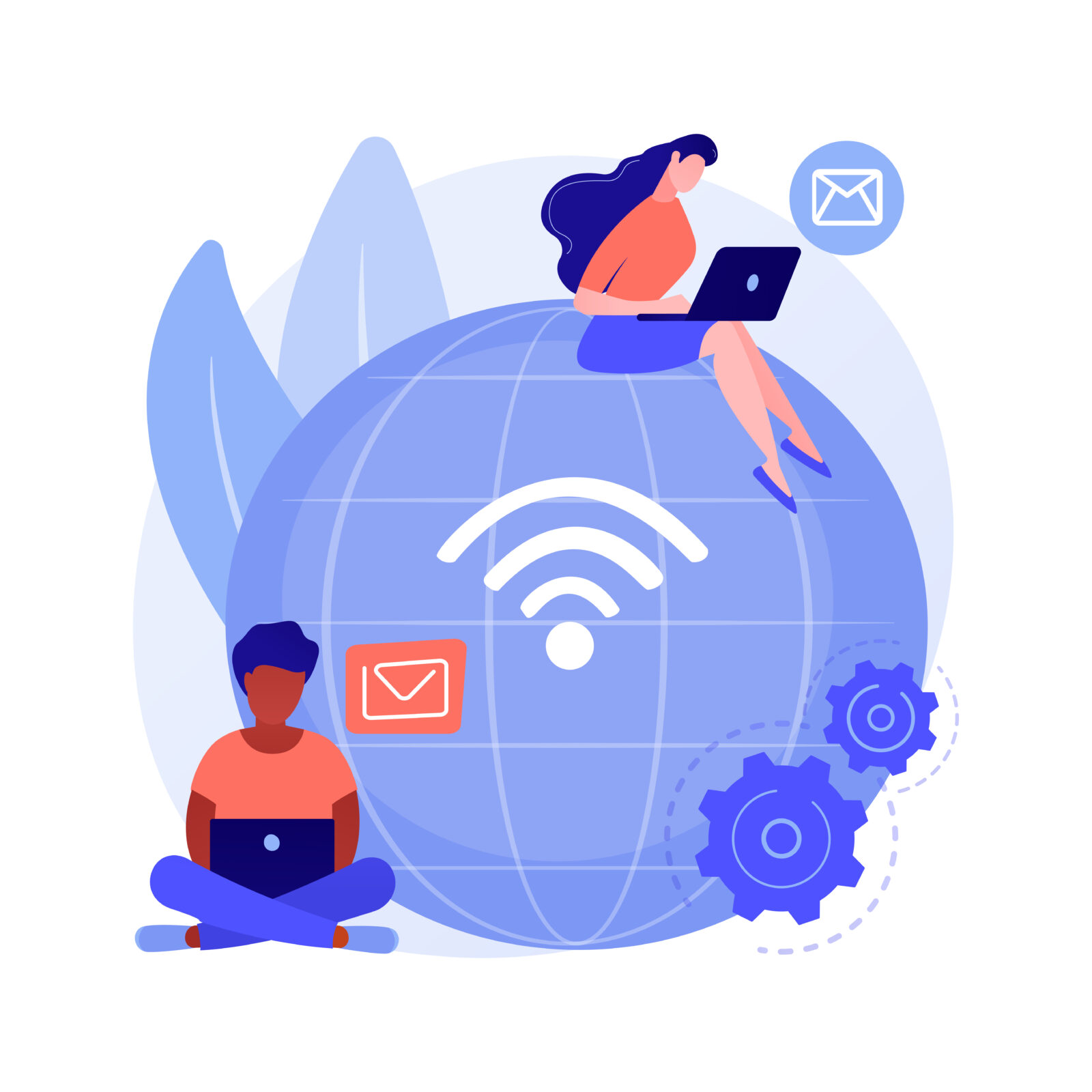The internet has advanced significantly from the dial-up era to the 5G age. And yet, we’re only beginning to explore its potential. What does the internet’s future hold, then? Let’s look at some patterns and projections for the upcoming ten years.
1. The Internet of Things (IoT)
IoT is expanding quickly and is on track to overtake other industries as a household phrase in the near future. The idea behind IoT is to link commonplace items to the internet, so they can speak with one another, including vehicles, appliances, and even clothes. Picture a world where your refrigerator notifies your phone when you’re running low on milk and your phone promptly orders more for you – that’s the kind of innovation that IoT brings to the table.
Experts predict that by 2025, there will be a staggering 30 billion IoT devices in circulation. This exponential growth in connected devices has resulted in an explosion of data being generated. This brings us to our next big trend.
2. Big Data and Machine Learning
The abundance of data produced by IoT devices poses a challenge in terms of making sense of it all. Fortunately, big data and machine learning come to the rescue. These two technologies collaborate to scrutinize vast amounts of data and draw predictions from it.
An instance where big data and machine learning are being employed is in healthcare. Through the analysis of wearable device data, doctors can arrive at more precise diagnoses and tailor treatment plans that are personalized for each patient.
3. Artificial Intelligence (AI)
AI has existed for a while, but it’s only just begun to spread more widely. AI changes the way technology is communicated with us, from chatbots to virtual assistants. And it’s not just limited to customer service.
In the future, Artificial Intelligence will be applied to automated repetitive tasks in industries like finance and manufacturing with a view to improving efficiency. It is estimated that in 2030 artificial intelligence could add $15.7 trillion to the global economy.
4. Virtual and Augmented Reality (VR/AR)
Virtual reality and Augmented Reality AR are cutting-edge technology enabling users to experience digital environments in a highly interactive way. VR offers a complete immersion experience, while AR superimposes computer-generated data onto the physical world. These innovations have the potential to revolutionize how we conduct our work and leisure activities.
In the foreseeable future, VR and AR could be employed in various sectors such as real estate and tourism, providing clients with an opportunity to virtually explore properties and destinations before making purchase decisions. Additionally, gaming enthusiasts can expect even more immersive experiences through VR and AR technology.
5. 5G Networks
Chances are, you’re already familiar with the term 5G. But what exactly does it entail? Essentially, 5G represents the fifth generation of wireless technology and boasts superior speed and reliability when compared to its predecessors. The beauty of 5G lies in its ability to facilitate instantaneous movie downloads and seamless content streaming without those pesky buffering interruptions.
However, there’s more to 5G than just rapid download speeds. It also facilitates a stronger connection of devices on the Internet of ThingsIoT, opening them to more effective communication. In addition, this cutting-edge technology makes it possible to perform real-time data analysis through big data and machine learning.
Conclusion
As far as an exciting future for the Internet is concerned, these trends and forecasts are simply a starting point. We shall be witnessing new development and breakthroughs in technology which cannot yet be fathomed. It’s true that the Internet changes our way of doing business, living and interacting with the world around us. Account should be taken of possible negative impacts of these new technologies, as well as ethics and the right use thereof.
The idea of the Internet becoming an integral part of our everyday lives is a central theme in all these trends and predictions. It’s going to be less of the separate entity and more of an entirely seamless part of our daily existence. The boundaries of cyberspace and physical worlds will blur, we’ll be able to do more with fewer effort.
As we venture into the promising future, it’s crucial to keep in mind that the internet is a tool that can be utilized for both good and bad intentions. It is our responsibility to use it sensibly and ensure that we contribute towards improving the world.
To conclude, the future of the internet is full of potential, with IoT, big data and machine learning, AI, VR/AR, and 5G networks leading to new opportunities. As we look ahead, let’s welcome these advancements while being aware of their impact on society and our lives.


Leave a Reply